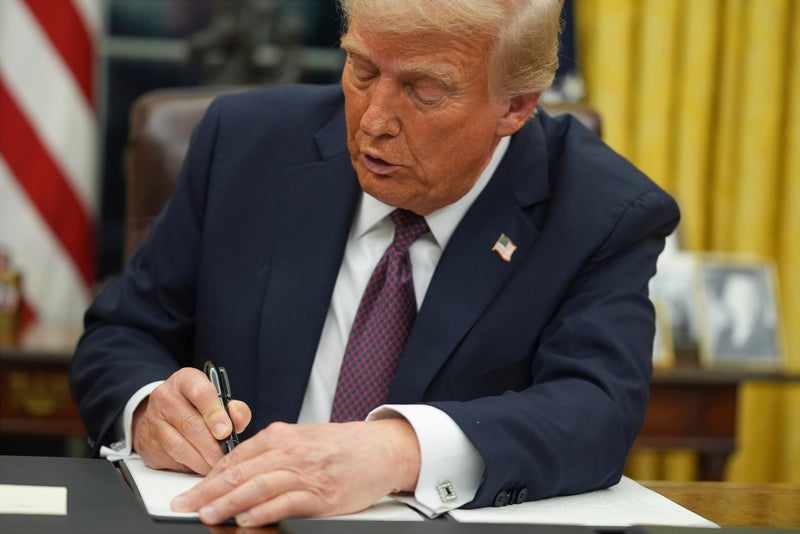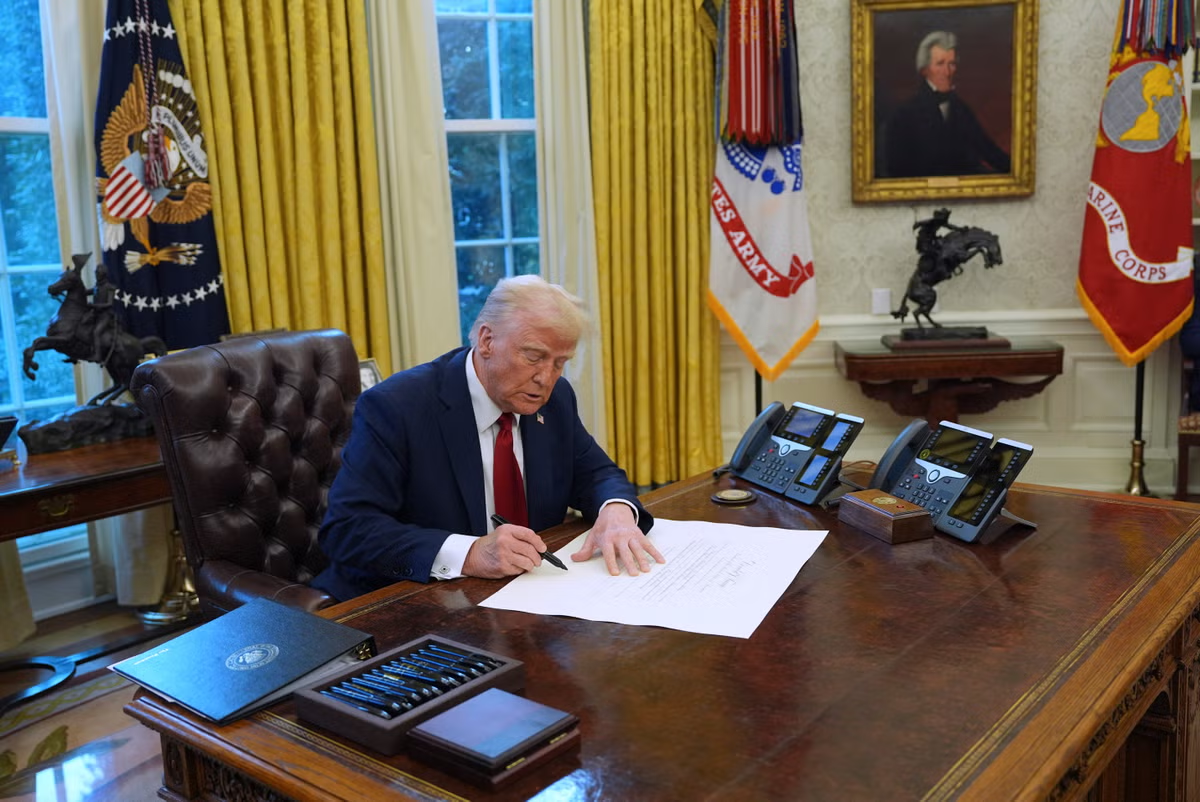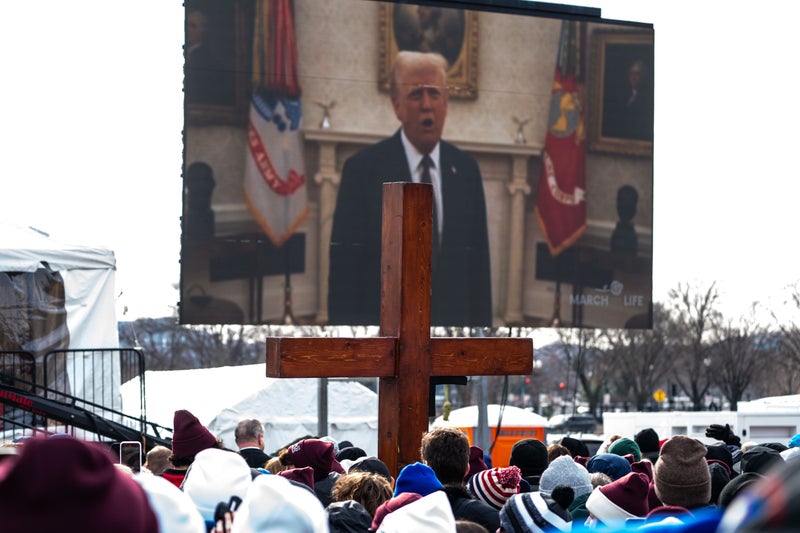The 14th Amendment was introduced to help racial justice. Trump’s plans ensure the opposite
The 14th Amendment was introduced to help racial justice. Trump’s plans ensure the opposite
Share:
Black activists championed the idea of birthright citizenship long before it was introduced to the U.S. Constitution , reports Katie Hawkinson. Now, that guarantee is under attack. President Donald Trump issued an executive order Monday night — just hours into his presidency — seeking to end birthright citizenship in the U.S. People across the country were quick to react: more than 20 states and pregnant women sued the Trump administration, a federal judge in Seattle temporarily blocked the order and activists across the country mobilized in an effort to combat the order.
![[Congressman John Bingham was the lead author of the 14th Amendment, which was ratified in 1868]](https://static.independent.co.uk/2025/01/24/15/39fa713687a736e72cd4044013e2ea21.jpg)
“What we are seeing now is a challenge to one of the foundational pillars of equality and democracy in the United States,” Dr. Martha Jones, an American history professor at Johns Hopkins University, told The Independent. “In a country in which, over nearly all of our history law and politics have been corrupted by racism and xenophobia, birthright has been the great equalizer.”.
![[A draft of the 14th Amendment to the U.S. Constitution, which was ratified in 1868 and guarantees birthright citizenship]](https://static.independent.co.uk/2025/01/24/15/newFile.jpg)
Here’s what you need to know about how the amendment came to be and how Trump is arguing for it to end:. Following the Civil War, Congress passed three Constitutional amendments designed to promote racial justice. One abolished slavery. One allowed Black men to vote. And another, the 14th Amendment written by Ohio Congressman John Bingham, established birthright citizenship and was ratified in 1868.
![[The U.S. Supreme Court is likely to hear a case related to Donald Trump’s executive order attempting to end birthright citizenship]](https://static.independent.co.uk/2025/01/24/15/GettyImages-1899486358.jpg)






















